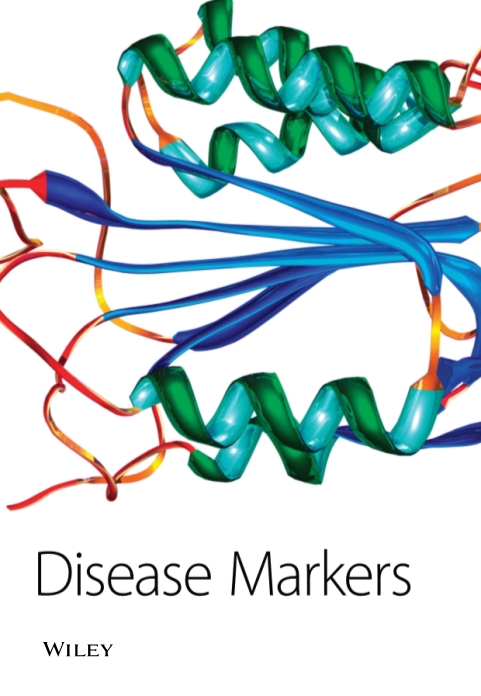Assessment of Antioxidant Enzyme Superoxide Dismutase (SOD) in Oral Cancer: Systematic Review and Meta-Analysis
4区 医学
Q3 Medicine
引用次数: 0
Abstract
Objective. The present article aims to comprehensively review the existing literature on superoxide dismutase (SOD) levels, an antioxidant enzyme, in oral cancer. Method. An extensive literature search was conducted across various databases, including PubMed, Wiley Online Library, Science Direct, and Cross Reference, spanning 1998–2023. At the outset, 1,177 articles were initially identified, and 907 studies were excluded due to irrelevance or duplication of the research question. Subsequently, 270 articles underwent screening evaluation, resulting in the selection of 85 articles meeting the inclusion criteria. Following this, 68 articles underwent a full-text comprehensive assessment, and ultimately, 39 were chosen for data extraction. The risk of bias in the designated articles was assessed using the Newcastle–Ottawa Scale. Finally, 13 studies were meticulously selected, offering consistent data for the ensuing meta-analysis. Meta-analysis was executed using comprehensive meta-analysis (CMA) version 3 software (Bio Stat Inc., Englewood, NJ, USA). The meta-analysis findings revealed a statistically significant decrease in SOD levels in both erythrocyte samples () and tissue samples () among individuals with oral cancer (OSCC) compared to the normal control group. Conversely, the analysis of three studies on salivary samples demonstrated a significant increase () in SOD levels in the oral cancer group compared to the healthy controls. Conclusion. This systematic review underscores a statistically significant decline in SOD levels observed across diverse bio-samples in individuals with oral cancer, indicating an excess of oxidative stress (OS). Additional research is needed to delve into the relationship between SOD levels and clinic–pathological prognostic markers within the oral cancer cohort. Such investigations have the potential to significantly contribute to the development of prognostic tools grounded in OS, thereby guiding strategies for treatment planning.评估口腔癌中的抗氧化酶超氧化物歧化酶 (SOD):系统回顾与元分析
研究目的本文旨在全面回顾有关口腔癌抗氧化酶--超氧化物歧化酶(SOD)水平的现有文献。方法。我们在各种数据库(包括 PubMed、Wiley Online Library、Science Direct 和 Cross Reference)中进行了广泛的文献检索,时间跨度为 1998-2023 年。首先,初步确定了 1,177 篇文章,其中 907 篇研究因与研究问题不相关或重复而被排除。随后,对 270 篇文章进行了筛选评估,最终选出 85 篇符合纳入标准的文章。随后,对 68 篇文章进行了全文综合评估,最终选出 39 篇进行数据提取。采用纽卡斯尔-渥太华量表对指定文章的偏倚风险进行了评估。最后,精心挑选出 13 项研究,为接下来的荟萃分析提供一致的数据。荟萃分析使用综合荟萃分析(CMA)第 3 版软件(Bio Stat Inc.)荟萃分析结果显示,与正常对照组相比,口腔癌(OSCC)患者红细胞样本()和组织样本()中的 SOD 水平均有统计学意义上的显著下降。相反,对唾液样本的三项研究分析表明,与健康对照组相比,口腔癌组的 SOD 含量明显增加()。结论本系统综述强调了在不同生物样本中观察到的口腔癌患者 SOD 水平的显著下降,表明氧化应激(OS)过多。需要进行更多的研究,以深入探讨口腔癌队列中 SOD 水平与临床病理预后指标之间的关系。这些研究有可能极大地促进以 OS 为基础的预后工具的开发,从而指导治疗规划策略。
本文章由计算机程序翻译,如有差异,请以英文原文为准。
求助全文
约1分钟内获得全文
求助全文
来源期刊

Disease Markers
医学-病理学
自引率
0.00%
发文量
792
审稿时长
6-12 weeks
期刊介绍:
Disease Markers is a peer-reviewed, Open Access journal that publishes original research articles, review articles, and clinical studies related to the identification of disease markers, the elucidation of their role and mechanism, as well as their application in the prognosis, diagnosis and treatment of diseases.
 求助内容:
求助内容: 应助结果提醒方式:
应助结果提醒方式:


